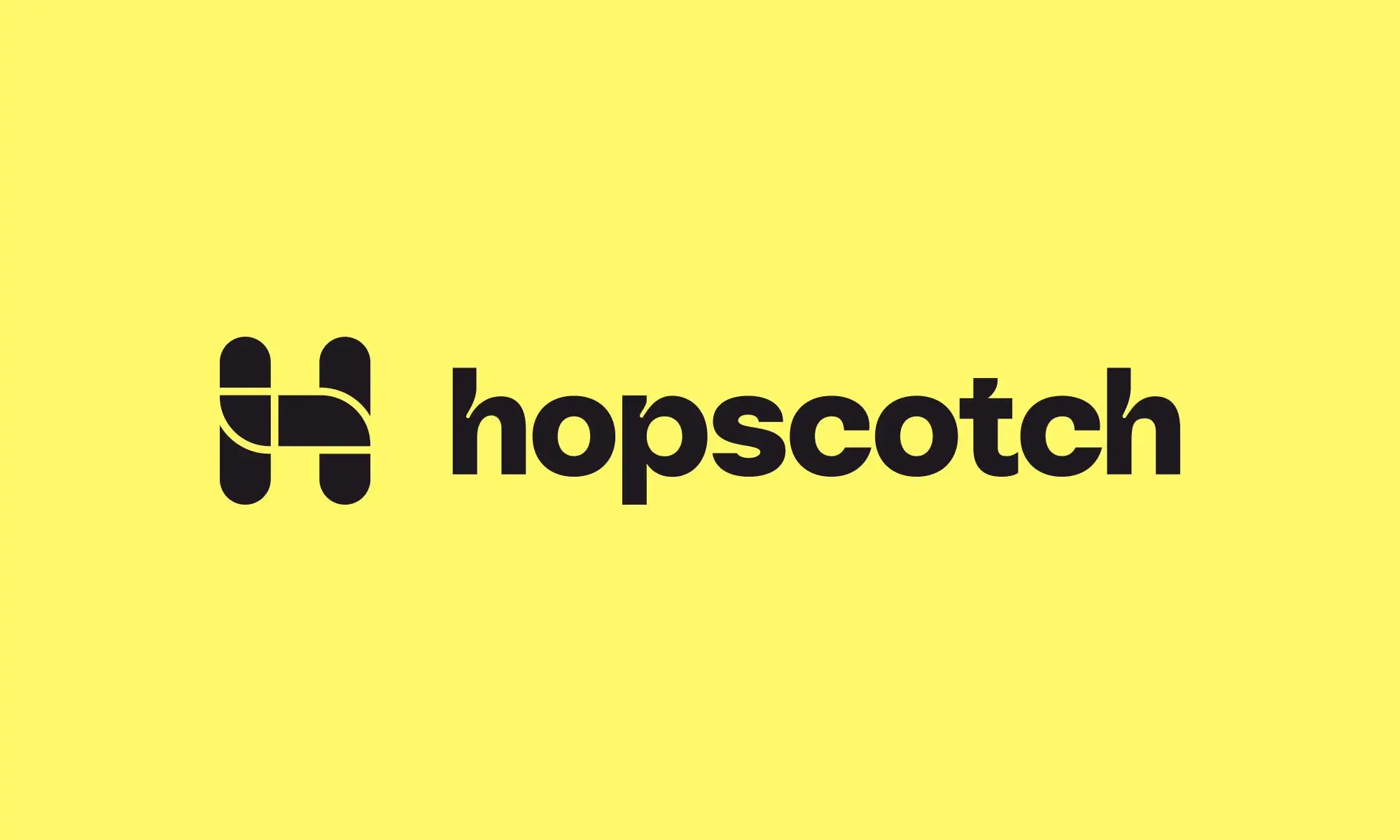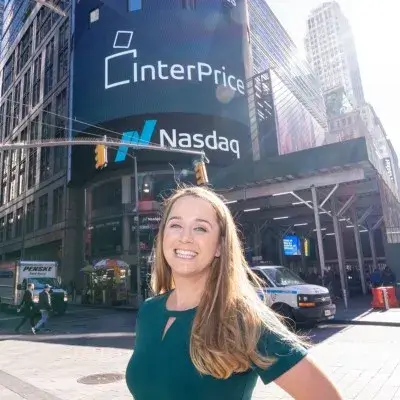Ready to launch your own podcast? Book a strategy call.
Frontlines.io | Where B2B Founders Talk GTM.
Strategic Communications Advisory For Visionary Founders
Conversation
Highlights
Sometimes the best way to grow is to shrink first. In a recent episode of Category Visionaries, Matt Bivons, CEO and Founder of Canopy, shared how cutting 50% of their sales pipeline led to “massive growth” in 2024. But this wasn’t the first time radical focus reshaped Canopy’s trajectory.
The Failed Credit Card Dream
Five years ago, Matt had a vision: build a safe credit card for students. Armed with his background in design and marketing, he hit Sand Hill Road. The response? Universal rejection, including from Y Combinator.
“I screamed into a pillow that night,” Matt recalls. But the next morning, a friend offered brutal advice: “You’re an amazing founder, but this hill that you’re trying to climb is just too much.”
Instead of doubling down, Matt did something counterintuitive. He reached out to major fintech companies like Chime and Greenlight, asking if they needed lending infrastructure. “Every single one said yes,” Matt explains. That market signal sparked a complete pivot.
The Infrastructure Insight
Matt stripped away everything related to the student credit card, focusing solely on what he calls “the hardest thing about what we were building, that no one else has that everybody else wants” – the loan servicing infrastructure.
This focus on infrastructure wasn’t just a tactical choice. It reflected a deeper insight about the lending industry. “90% of the lifecycle of a loan happens in the servicing layer,” Matt notes. Yet existing systems were rigid, causing problems in both product creation and customer service.
The Failed Self-Serve Experiment
But finding the right product was only half the battle. Canopy’s initial go-to-market strategy – a self-serve, API-first platform charging per call – proved disastrous.
“It attracted the wrong type of customer,” Matt explains. “We were getting kids from Stanford in their dorms trying us out. And lending is really hard. Like you have to know what you’re doing and that was not our customer.”
The pricing model also failed: “Charging per API call, similar to how Twilio does, is very confusing to most people when you’re dealing with lending because the amount of contacts that you get matters based on the lending product you have.”
The B2B Focus
In 2024, Canopy made their boldest move yet: eliminating their entire consumer lending business, which represented over 50% of their sales pipeline. Matt describes it as “a scary one…because you have a bird in hand of companies that want to work with us.”
But this focus enabled something crucial: depth over breadth. “We were just spread way too thin,” Matt reflects, “and we needed to go a lot deeper in the market that we’re being pulled into.”
This depth manifests in Canopy’s sophisticated market segmentation. They analyze opportunities through two dimensions: vertical markets (logistics, healthcare, ecommerce) and horizontal loan types (revolving credit, merchant cash advance). “If the verticals are the business model, the loan type is the horizontal that goes across them,” Matt explains.
The Future Vision
Today, Canopy is building what Matt calls “intelligent servicing” – transforming loan servicing from a cost center into a profit center through AI and ML. Their thesis remains unchanged: facilitate best-in-class lending experiences. The path to get there? Completely different than planned.
This journey offers a crucial lesson for B2B founders: sometimes the most powerful growth strategy is knowing what to cut. As Matt puts it, “There’s a fine line for founders of being stubborn on one side and resilient on the other… you also have to know when the universe is telling you something.”
For Canopy, listening to those signals – even when they meant saying no to revenue – has proven to be the key to unlocking their most significant growth yet.
Actionable
Takeaways
Embrace market signals for pivots:
Matt initially planned to build a student credit card but pivoted to loan servicing infrastructure after recognizing stronger market demand. He shares, "I realized at that moment that was the market pool, that was the signal that was saying I need to pivot." B2B founders should remain attuned to market feedback and be willing to adapt their vision accordingly.
Find your wedge by going deeper:
When Canopy eliminated 50% of their sales pipeline by cutting consumer lending, it enabled deeper penetration into B2B markets. Matt explains, "We were just spread way too thin, and we needed to go a lot deeper in the market that we're being pulled into." B2B founders should consider strategic trade-offs between market breadth and depth.
Validate distribution assumptions:
Matt learned that self-serve "lending as a service" attracted the wrong customers and complicated pricing. He notes, "It attracted the wrong type of customer... charging per API call is very confusing to most people when you're dealing with lending." B2B founders should thoroughly test go-to-market assumptions before scaling.
Validate distribution assumptions:
Matt learned that self-serve "lending as a service" attracted the wrong customers and complicated pricing. He notes, "It attracted the wrong type of customer... charging per API call is very confusing to most people when you're dealing with lending." B2B founders should thoroughly test go-to-market assumptions before scaling.
Segment your market precisely:
Canopy analyzes their market by both vertical (logistics, healthcare, etc.) and horizontal loan types (revolving credit, merchant cash advance, etc.). Matt explains, "If the verticals are the business model, the loan type is the horizontal that goes across them." B2B founders should develop detailed market segmentation to guide product and GTM strategy.































































































